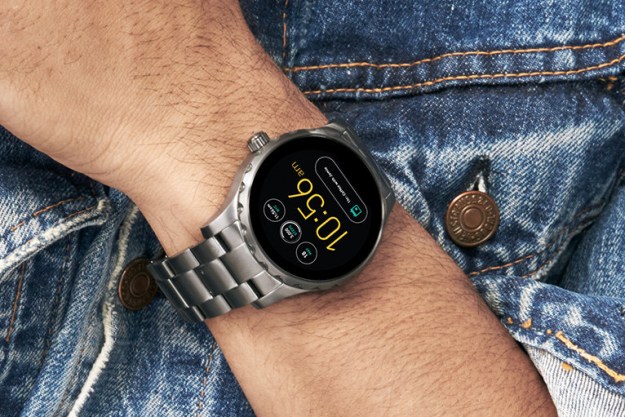If there’s one accusation the tech industry has been subjected to time and time again, it’s that many of the products and ideas that emerge from Silicon Valley don’t really solve a pressing need. They often involve first-world solutions to first-world problems, making their applicability to countries that could most benefit from innovation a bit questionable.
But thanks to UNICEF’s Wearables for Good challenge, this accusation has been tackled head-on, and solved by some pretty impressive winners. “A wearable soap that helps limit the spread of infectious viruses by encouraging hand washing,” and a digital necklace that stores electronic health data to track child immunization, took top honors at the UNICEF, ARM, and Frog “Wearables for Good” Design Challenge.
SoaPen is an ingenious “soap-crayon that encourages the habit of handwashing among school children” particularly between the ages of 3 and 6. Capitalizing upon children’s love of drawing (especially on themselves), the soap can actually be used as a marker for the skin, allowing parents or teachers to “clearly draw out critical cleaning areas on the child’s hand.” And of course, to get the marks to disappear, the child must “enthusiastically engage in handwashing — awaiting the visually clear reward of unmarked hands.”
“We believe that a serious problem can be solved through a simple and fun solution,” said Shubham Issar, one of SoaPen’s founders. “Our focus is to reduce infant mortality rates and the spread of disease by promoting the habit of hand washing with soap among children. SoaPen taps into the power of the two-directional awareness flow between adults and children all over the world, with the aim to reach as many hands as fast as possible!”
And now, SoaPen is hoping to reach an even greater audience by way of its Kickstarter campaign. Seeking $25,000 for planned U.S. production, the SoaPen team hopes to bring sanitation education (and fun) to more children. Packs of SoaPens can be purchased beginning at $16, or you can choose to donate a few of these clever kid-friendly gadgets with a greater contribution.
UNICEF’s second award winner was the Khushi Baby necklace, “a data-storing necklace that provides a two-year personal immunization record for children.” By making use of near-field communication (NFC), Khushi baby is able to transmit and receive information by way of a smartphone (capitalizing on the fact that smartphone adoption rates are rising even in developing countries). The data stored in the necklace can be synced to cloud technology, which then allows it to be utilized by health officials who can see relevant information displayed on a dashboard.
“Khushi Baby want to ensure that all infants have access to informed and timely health care by owning a copy of their medical history,” said team member Ruchit Nagar. “The Khushi Baby system enables access to culturally appropriate wearable digital medical records, even in the most remote and isolated areas. At its core, Khushi Baby functions as a key to connect those in need of services to a digitally integrated community.”
Update: You can now find the SoaPen on Kickstarter.


